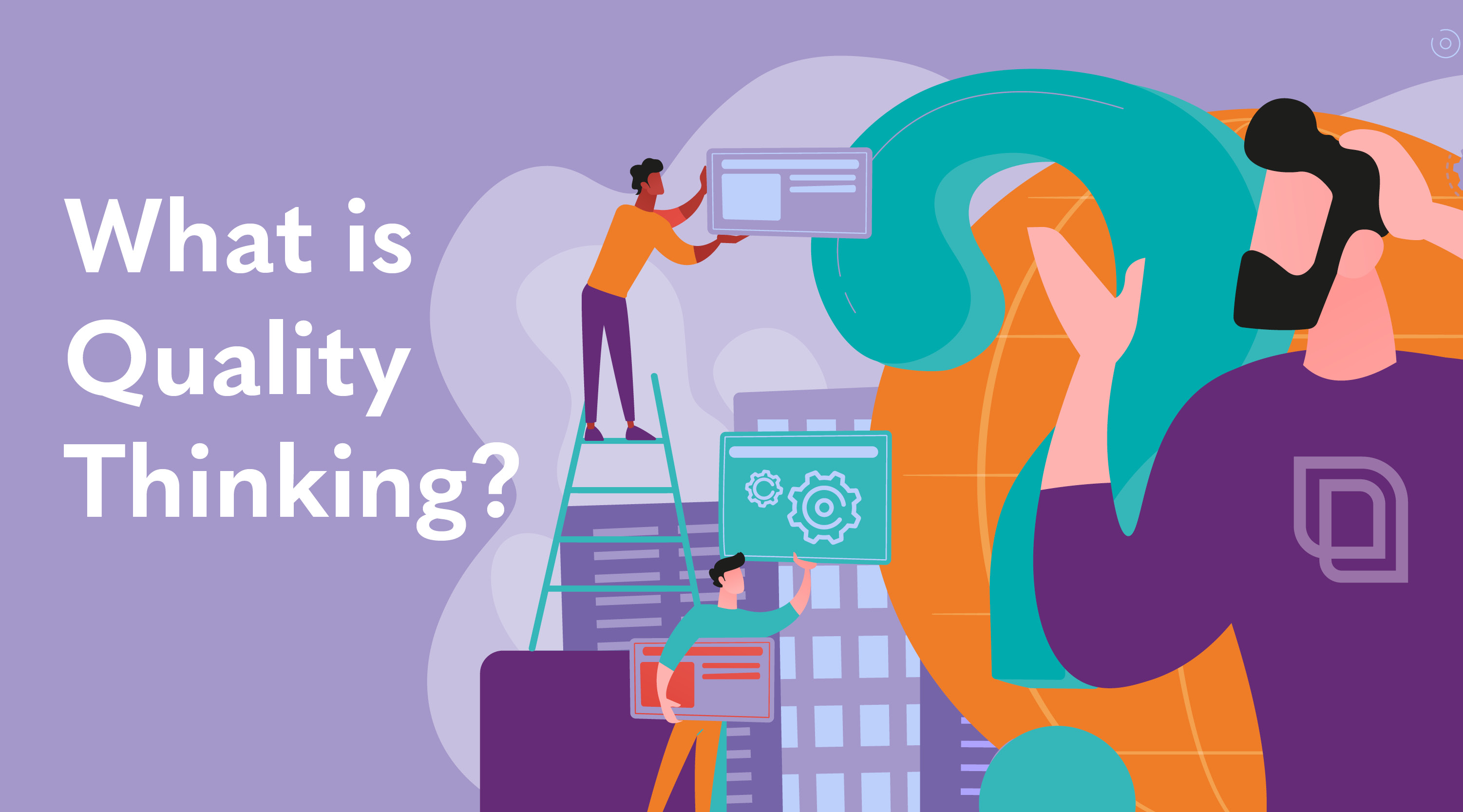Our session was hosted by Alan Giles from Fractional Execs, who brought together industry experts Tim Smith from EIMS and Roger McKerlie from Xeed ESG. They shared practical strategies and a wealth of knowledge on how to implement quality thinking in operations.
What is quality thinking?
Quality thinking is a commitment to ensure excellence, effectiveness and high standards in decision making, problem solving and performance. It involves a thorough examination of processes and integration of that approach to achieve operational excellence.
Quality thinking is aimed at continuous improvement, in efficiency, accuracy and ethics, and has helped EIMS to support more customers globally. Their streamlined management system mapped and integrated 170 processes to scale successfully.
Seven iterations of quality thinking
When something does not go to plan, there’s a way to fix it, here’s how:
- Problem identification: Evaluate processes and identify improvements in efficiencies.
- Data collection and analysis: Gather relevant data and scrutinise it to inform decisions.
- Define objectives and criteria: Establish your aims and how you will achieve them.
- Develop and implement: Craft potential solutions and put insights into practice.
- Monitor and measure: Track the progress of implemented solutions through KPIs.
- Evaluate and document: Assess the impact and document lessons learned.
- Adjust and refine: Tweak processes and strategies based on feedback and results.
Benefits of quality thinking
Tim Smith from EIMS elaborated on the benefits they have achieved:
- Cost-savings: Bringing recruitment in house saved costs and helped them deploy a standard consistent approach globally.
- Improved processes: Identified delays and reduced the process from 20 days to around 5 days.
- Better decision making: Identified inefficiencies and strategies to halve the time to collect debt and reduce the costs by 30%.
Challenges of quality thinking
The experts acknowledged that implementing quality thinking has its challenges:
- Inconsistent accountability: Must lead from the top and practise it consistently.
- Resistance to change: Encourage employees/stakeholders to adapt to new processes.
- Poor communication: Quality thinking values must be shared and aligned across teams.
- Reluctance to change: Building a culture of quality thinking takes time and dedication.
- Lack of investment: Invest in tools to support quality thinking and process mapping.
- Make time for mistakes: Accept and take time to learn from what went wrong
Strategies to implement
To successfully integrate quality thinking into your workflow:
- Prioritise processes: Create structured time in the organisation to work on processes.
- Align core values: Help inform how to improve business processes and outcomes.
- Employee engagement: Involve all in designing own processes and decision making.
- Mapping process tools: Deploy processes to help people use tools for faster adoption.
- Training and education: Offer programmes and resources to educate employees.
- Quality metrics: Measure KPIs consistently, use data to identify areas for improvement.
Q&A
The webinar concluded with an interactive Q&A. Experts provided in-depth answers about:
- How to measure success to continually improve
- Emerging trends such as ESG and sustainability
- Deploying new data sets and applications such as AI
- How to be more strategic to gain a competitive advantage
Access now
We make process flow, so your business grows.
To take the first step towards improving business processes at your organisation, get in touch.


